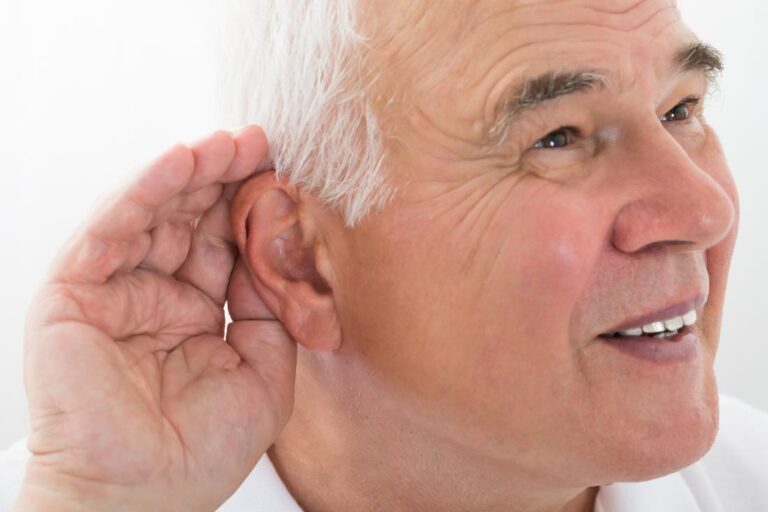Hearing loss is a prevalent yet often underestimated condition that affects millions of people worldwide. As an essential component of human communication, hearing loss can significantly impact one’s quality of life.
Let us shed light on the various types of hearing loss, their causes, and effective prevention strategies.
Types of Hearing Loss
Conductive Hearing Loss
This type occurs when there is a problem in the outer or middle ear that interferes with sound transmission to the inner ear. Common causes include ear infections, earwax buildup, or issues with the eardrum or ossicles (small bones in the middle ear).
Sensorineural Hearing Loss
Often referred to as “nerve deafness,” this type results from damage to the hair cells or nerves in the inner ear or the auditory pathways to the brain. Aging, exposure to loud noises, genetic factors, and certain medications are common causes of sensorineural hearing loss.
Mixed Hearing Loss
As the name suggests, this type combines elements of both conductive and sensorineural hearing loss. It usually indicates an issue in both the middle or outer ear and the inner ear or auditory pathways.
Central Hearing Loss
This is less common and occurs due to problems in the central nervous system, particularly the brain’s ability to process sound. Tumors, head injuries, and certain medical conditions can lead to central hearing loss.
Causes of Hearing Loss
- Age: Age-related hearing loss, known as presbycusis, is a gradual decline in hearing ability due to the natural aging process.
- Noise Exposure: Prolonged exposure to loud noises, such as machinery, concerts, and headphones played at high volumes, can cause permanent damage to the delicate hair cells in the inner ear.
- Genetics: Some forms of hearing loss are hereditary. If there is a family history of hearing loss, individuals might be at a higher risk of experiencing it themselves.
Prevention Strategies
- Protect Your Ears: Avoid prolonged exposure to loud noises, and if exposure is unavoidable, use ear protection such as earplugs or earmuffs or bouchons baignade from Audiologie Centre-Ouest.
- Monitor Volume Levels: When using headphones or earbuds, keep the volume at a safe level. As a rule of thumb, if someone else can hear the sound coming from your headphones, it’s too loud.
- Practice Ear Hygiene: Clean your ears gently and avoid inserting objects like cotton swabs into the ear canal, as this can push earwax deeper and potentially cause damage.
- Regular Check-ups: Periodic hearing screenings can help detect any potential issues early on and allow for timely intervention.
- Healthy Lifestyle: A balanced diet, regular exercise, and avoiding smoking can contribute to overall well-being, including maintaining good hearing health.
Understanding the different types and causes of hearing loss is crucial for maintaining healthy hearing throughout life. By implementing effective prevention strategies and making conscious choices to protect our ears, we can minimize the risk of hearing loss and enjoy the beauty of sound for years to come.


Comments are closed.